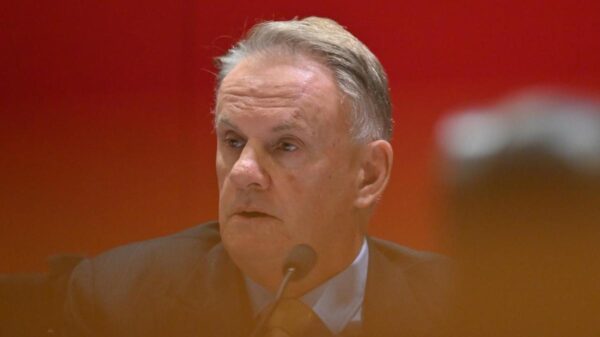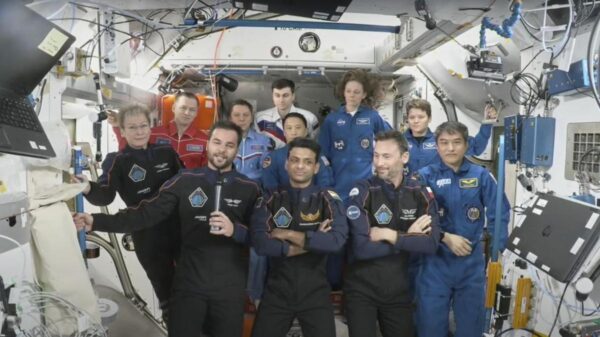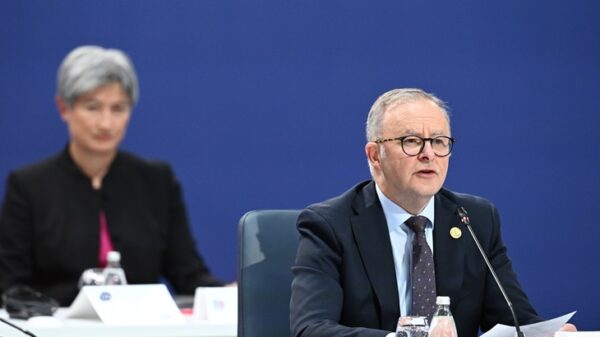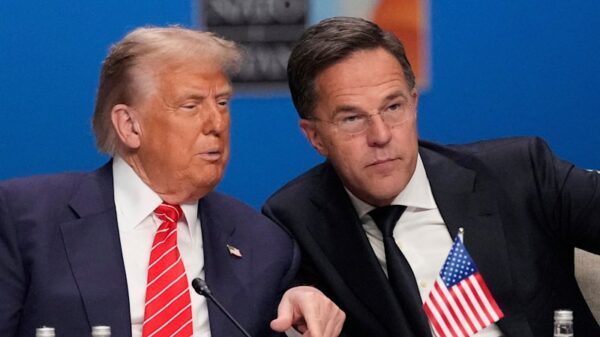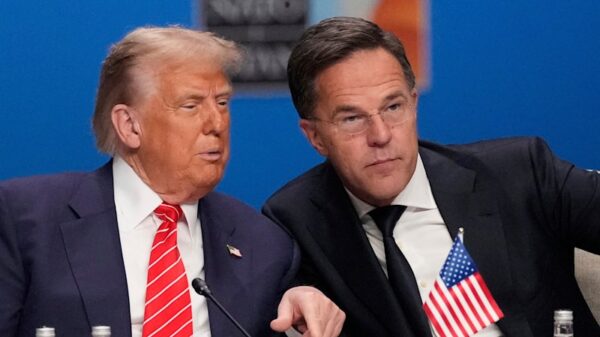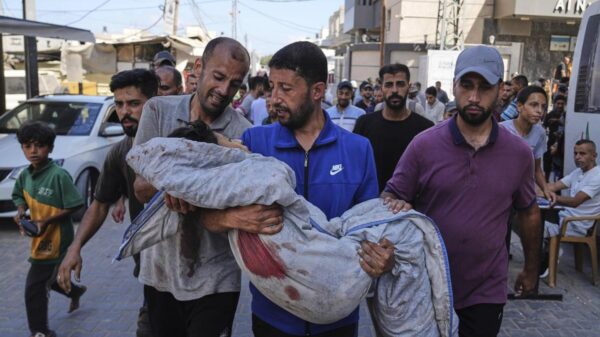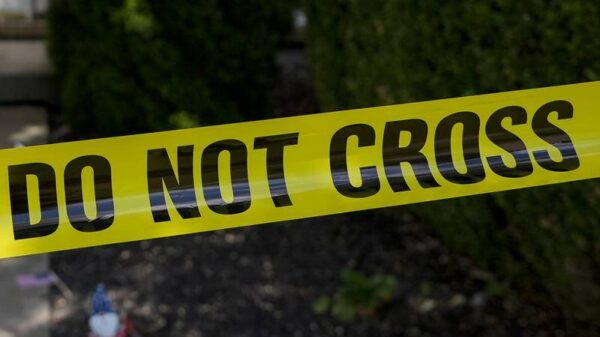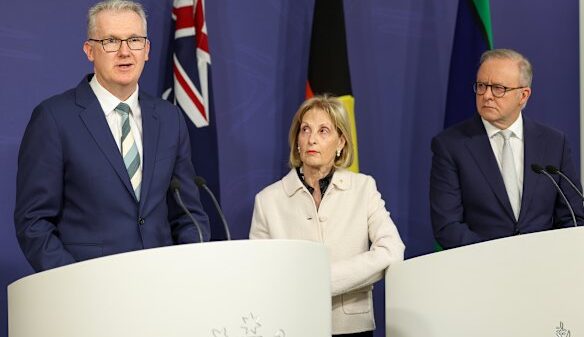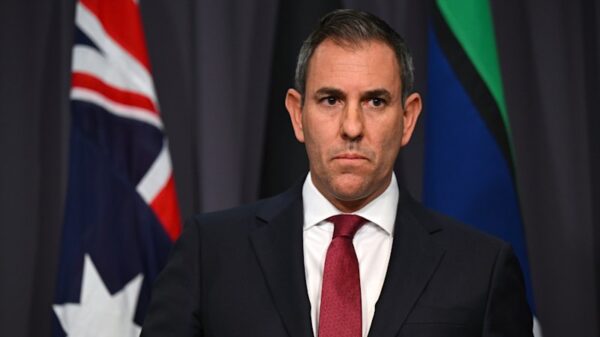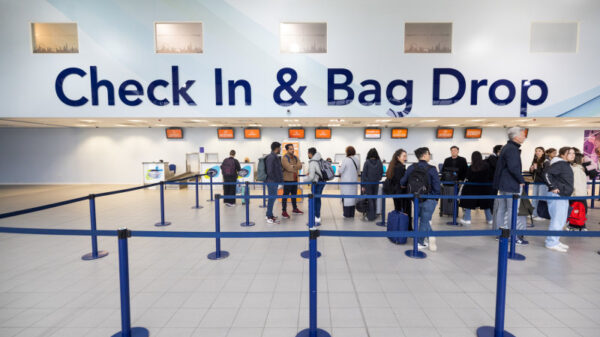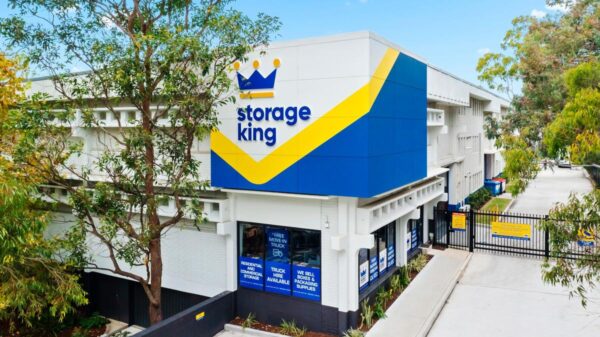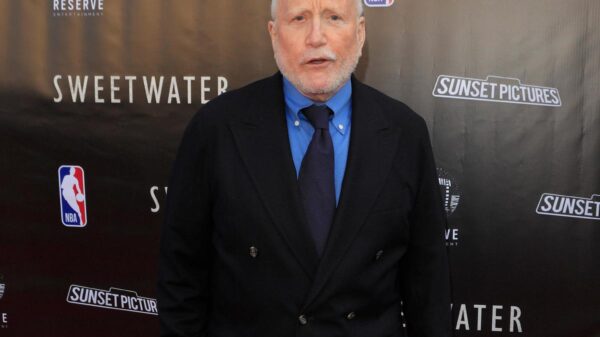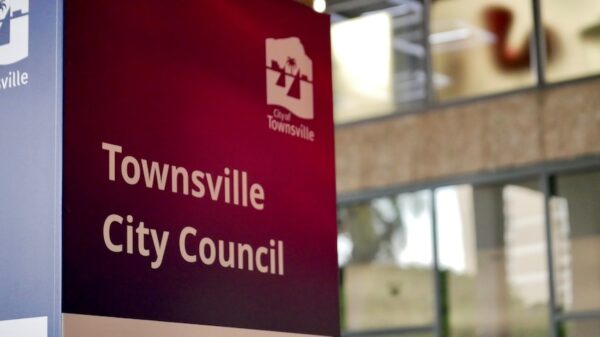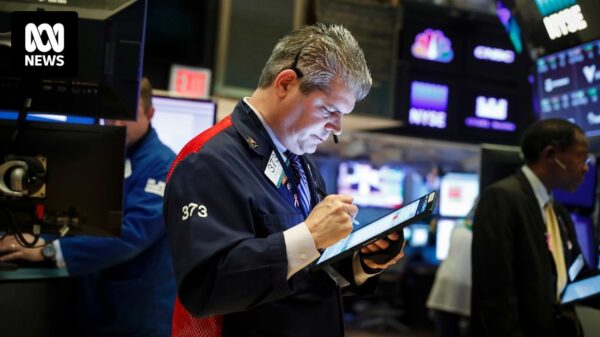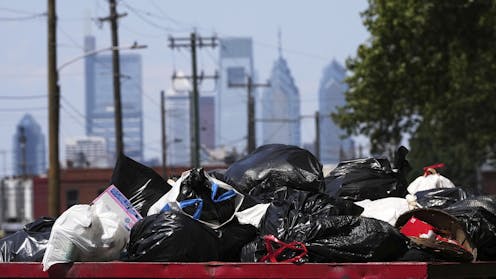Curbside trash collection in Philadelphia has been suspended since July 1, 2025, as municipal workers enter the second week of a significant strike. The AFSCME District Council 33 union, representing approximately 9,000 blue-collar workers, including sanitation staff, 911 dispatchers, and city mechanics, has mobilized against the city administration. As garbage accumulates in various neighborhoods, some residents have taken to referring to the growing piles of refuse as “Parker piles,” attributing the situation to Mayor Cherelle Parker’s leadership.
The ongoing strike is notable for its reliance on social media as a tool for communication and support. Francis Ryan, a labor studies professor at Rutgers University, highlights the unprecedented role of platforms like Instagram in shaping public perception. The union is actively sharing their narrative, fostering sympathy and support from citizens who recognize the challenges faced by essential workers.
Philadelphia has a storied history of sanitation strikes, dating back to March 1937. During that year, a brief work stoppage prompted discussions between the city and the then-emerging union. A more significant strike occurred in September 1938, when over 200 city workers were laid off, resulting in a weeklong sanitation strike characterized by street confrontations as strikers sought to prevent police-escorted trash collection. This early labor action illustrated the potential for violence and health risks associated with garbage accumulation, ultimately leading to the recognition of the American Federation of State, County and Municipal Employees, or AFSCME.
Following a brief sanitation strike in 1944, the city did not see another until the 1960s when numerous sanitation strikes emerged nationwide, including the historically significant 1968 Memphis Sanitation Strike. This strike highlighted demands for better wages and safety procedures among a predominantly African American workforce, culminating in international attention and support from Dr. Martin Luther King, Jr. Tragically, King’s assassination on April 4, 1968, intensified pressure on city officials, leading to resolution of the strike and achievement of the workers’ demands.
In the years that followed, AFSCME organized public workers across the country, resulting in various strikes and slowdowns during the 1970s and 1980s. Although many of these actions secured modest wage increases, they have become less frequent in recent decades. A notable exception occurred in 1986 when Philadelphia experienced an 18-day sanitation strike that ultimately yielded some wage improvements but fell short in areas concerning healthcare benefits.
Current wages for DC33 workers in Philadelphia average around $46,000 annually, which is $2,000 less than the amount needed for a single adult to sustain themselves in the city, according to MIT’s Living Wage Calculator. Sanitation workers earn between $42,500 and $46,200, translating to hourly wages of $18 to $20. These figures rank among the lowest compared to other major U.S. cities, where wages can reach up to $30 per hour.
The role of social media in this current strike is significant. Public figures and former sanitation workers, such as Terrill Haigler, known as “Ya Fav Trashman,” have contributed to raising awareness and rallying support. The pandemic has further highlighted the essential nature of these jobs, prompting many to reconsider the treatment of workers performing critical tasks in society.
As the strike continues, it is likely to garner more national and international attention, especially as conversations about worker treatment and basic needs come to the forefront. The current strike underscores not only historical labor struggles in Philadelphia but also reflects a broader movement advocating for the rights and recognition of essential workers.

